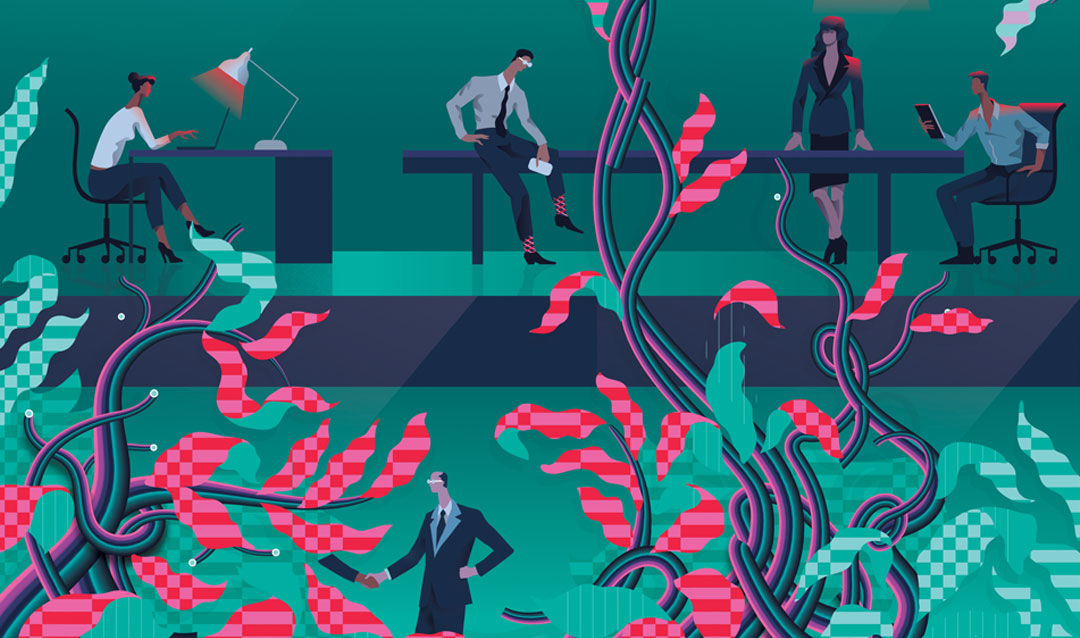The struggles of the American middle class today are innumerable, from stagnant incomes and falling employment numbers to soaring costs for education and declining opportunity for their children. But among all of the challenges faced by the fast-fading middle class, perhaps none looms larger—or more forebodingly—than the unfettered advance of technology.
For decades now, workers have stood by as automation and technology have replaced them. By some estimates, the United States has lost more than 5 million manufacturing jobs since 2000 alone, and as technology races forward, those losses are projected to grow even more dramatic; one recent report predicted that automation will replace a total of 20 million manufacturing jobs worldwide by 2030, slashing the global manufacturing workforce by 8.5 percent—even as manufacturing companies grow more efficient and more profitable.
Until this point, it has been mostly low-skilled workers—assembly line workers or clerical staff, for example—who have taken the brunt of this technological beating, creating a sense of relative security among more skilled and more highly educated workers; the perception has long been that a college degree and a white-collar job provide insurance against tech-related job loss.
According to David Zhang, however, that may not be the case much longer.
Zhang, an assistant professor of decision and technology analytics in Lehigh’s College of Business, recently published a paper, “Does Information Technology Substitute for or Complement Human Labor? A Dynamic Stratified Analysis on European Countries,” that lays out what Zhang and coauthor Gang Peng of Cal State-Fullerton call a “dynamic, stratified analysis on the substitution and complementarity relationship between IT and labor.” The paper, which is the first to offer such a detailed breakdown of these fast-changing labor dynamics, was published in the journal Decision Sciences.
For their work, Zhang and Peng examined 35 years of employment and technology data from 31 different industries and 13 different countries with the aim of more precisely understanding how the implementation of technology and automation impacts different types of workers. The broad-based work was revealing in many ways, but perhaps the two most important takeaways were the following: that past understanding of the relationship between technology and labor is far too simplistic; and that going forward, more types of workers with more advanced skill sets and stronger academic credentials may find themselves being replaced, just like factory workers have been for decades.
“What matters here is the type of task that you do,” Zhang says. “While your education matters, the type of work you do matters more. … If you are doing more creative and more nonrepetitive tasks, what we find is that the technology can benefit you—you are part of the process and the technology still needs you to interact with it. But if you are doing more routine and repetitive tasks, you are at a higher risk of being replaced by automation—and what we’re seeing is that it’s not just people who only have a high school degree who are being replaced.”






